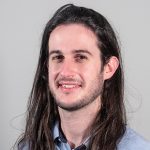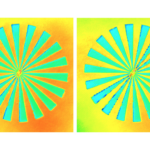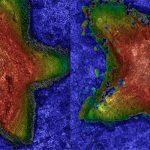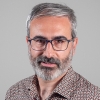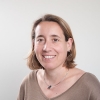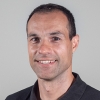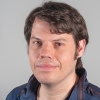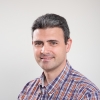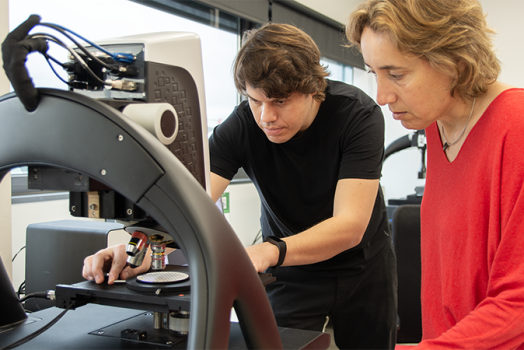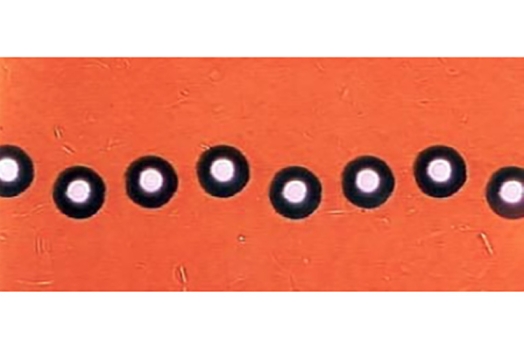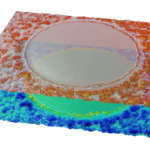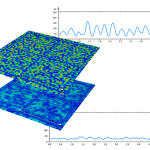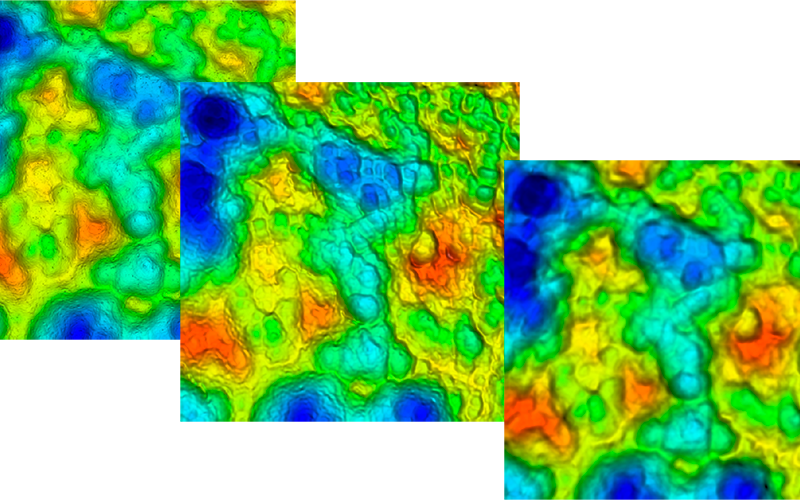
Metrological characterization of different methods for recovering the optically sectioned image by means of structured light
Pol joined Sensofar during an internship from his bachelor’s degree. Since then, he has worked in the R&D department testing the metrological performance of Sensofar systems, developing new algorithms for optical techniques and improving the existing ones. Currently he is conducting his industrial PhD at the Technical University of Catalonia (UPC) in collaboration with Sensofar about ultra-fast optical sensors for surface metrology. His main research interests are optical design and optical metrology.
Metrological characterization of different methods for recovering the optically sectioned image by means of structured light full article
P.Martínez1, C.Bermudez1, G.Carles1, C.Cadevall1, A. Matilla1, J.Marine1, R.Artigas1
1Sensofar-Tech, S.L. (Spain)
Proceedings Volume 11782, Optical Measurement Systems for Industrial Inspection XII; 117820Q (2021) https://doi.org/10.1117/12.2592371
Event: SPIE Optical Metrology, 2021, Online Only
Abstract
Imaging confocal microscopy (ICM) and focus variation (FV) are two of the most used technologies for 3D surface metrology. Both methods rely on the depth of focus of the microscope objective, which depends on its numerical aperture and wavelength of the light source to compute an optical section. In this paper we study how several methods of structured illumination microscopy affect the metrological characteristics of an areal optical profiler. We study the effect of the projection of different structured patterns, the sectioning algorithms, and the use of high and low frequency components onto the optically sectioned image. We characterized their performance in terms of system noise, instrument transfer function and metrological characteristics such as roughness parameters and step height values.


